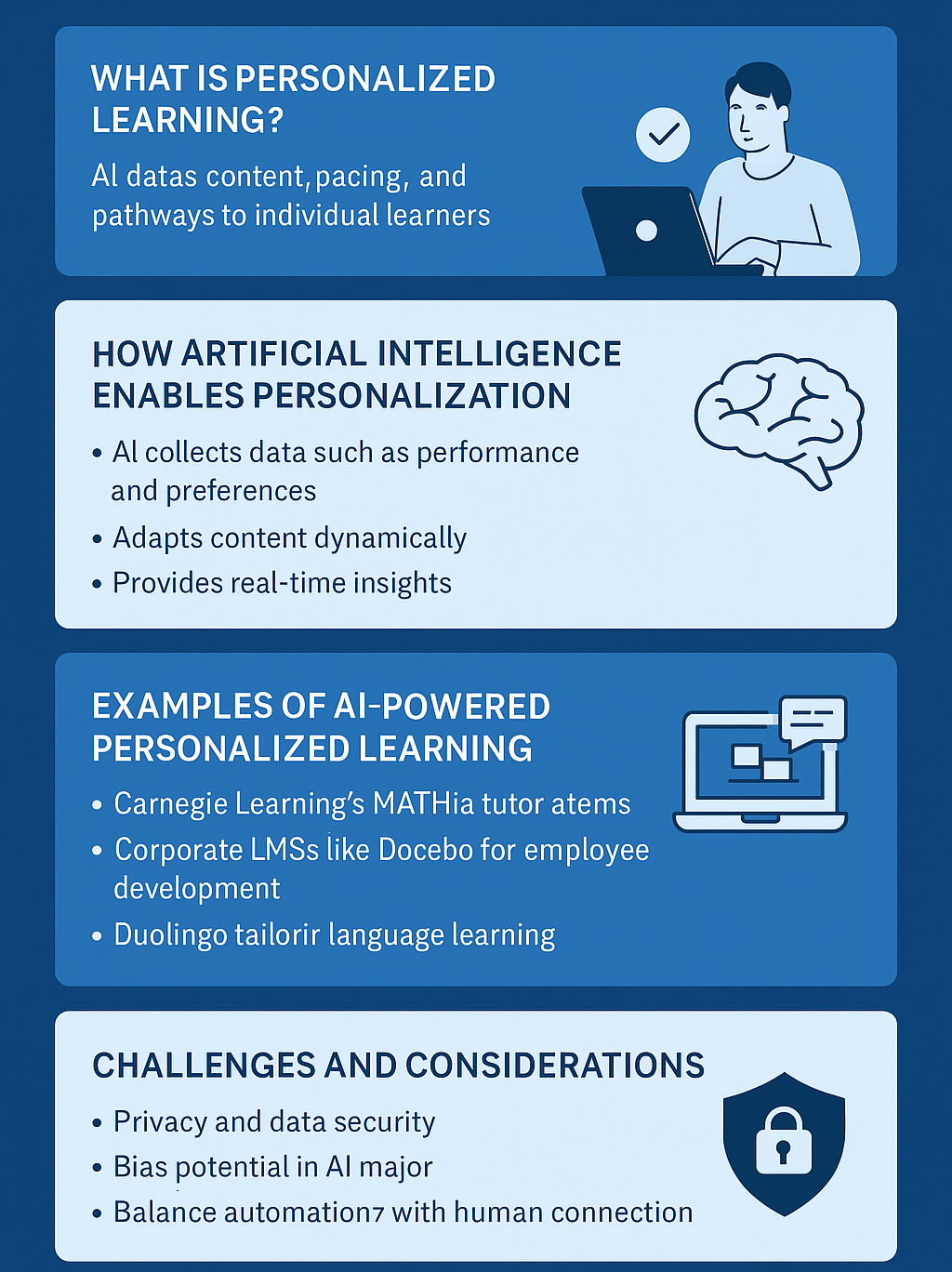In the swiftly #developing realm of #instructionaldesign, the term #pedagogy frequently arises as a fundamental concept. Despite the increasing emphasis on #technology and #multimedia in #education, the underlying #principlesofpedagogy remain paramount. Comprehending and incorporating #pedagogicaltheories into instructional design enriches the #learningexperience and ensures the effective attainment of #educationalobjectives.
This blog explores the significance of pedagogy within the instructional design #discipline and elucidates why it should constitute the cornerstone of every instructional designer’s professional practice.
What is Pedagogy?
“Pedagogy refers to the #art and #science of #teaching. It includes various teaching #strategies, #instructionalmethods, and learning theories that help #educators facilitate learning. It not only concerns the subject matter being taught but also how it’s taught, considering the diverse needs of learners and the most effective approaches to promote their understanding and retention of knowledge.“
The Role of Pedagogy in Instructional Design
- Learner-Centered Approach: Pedagogy underscores the significance of adopting a learner-centric approach, a fundamental tenet in instructional design. By comprehending learners’ requirements, inclinations, and existing knowledge, instructional designers can fabricate more #immersive and #compellingeducationalexperiences. This methodology guarantees that learning activities are pertinent and substantive, culminating in enhanced retention and practical application of knowledge.
- Effective Learning Strategies: Pedagogical theories offer a structured framework for selecting and implementing #effectivelearningstrategies. Instructional designers can access #diverse #pedagogical #techniques, including constructivist approaches promoting active learning and critical thinking and behaviorist methods emphasizing reinforcement and feedback. These proven methodologies enrich the learning process and contribute to the overall effectiveness of educational initiatives.
- Alignment with Educational Goals: An in-depth comprehension of pedagogy is essential for instructional designers, enabling them to harmonize their designs with educational objectives and standards. This harmonization guarantees that the content, evaluations, and learning activities are all tailored toward accomplishing the intended learning results. Additionally, it aids in upholding #consistency and #coherence across the instructional materials.
- Adaptability and Flexibility: Pedagogy #empowers instructional designers with the skills to customize and adapt their designs to diverse learning contexts and environments. Whether developing content for online learning, face-to-face instruction, or hybrid models, a robust pedagogical foundation facilitates the creation of versatile and responsive learning experiences capable of addressing the heterogeneous needs of learners.
- Enhancing Motivation and Engagement: Implementing pedagogical principles bolsters learner motivation and engagement. By incorporating #collaborativelearning, #gamification, and #interactivemultimedia, instructional designers can craft more dynamic and stimulating learning experiences. Engaged learners are inherently more inclined towards motivation, active participation, and attaining superior learning outcomes.
Challenges and Considerations
While pedagogy is undoubtedly critical, its integration into instructional design presents a formidable challenge. One of the primary hurdles is staying abreast of the latest pedagogical research and trends. Moreover, reconciling pedagogical theories with practical constraints such as time, budget, and technological limitations requires considerable time and effort. Nevertheless, continuous professional development and a dedication to lifelong learning can empower instructional designers to surmount these challenges and remain at the vanguard of educational innovation.
Pedagogy represents a theoretical and practical imperative within the instructional design profession. It is the bedrock for developing captivating, immersive, and meaningful learning experiences. By integrating pedagogical principles into their work, instructional designers can ensure their designs are technologically advanced and educationally sound. As the field of education continues to advance, the significance of pedagogy in instructional design will further underscore its pivotal role in fostering successful teaching and learning experiences.






